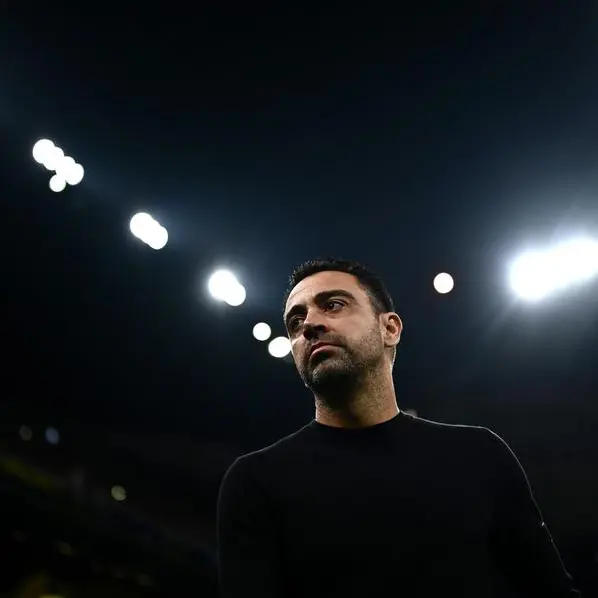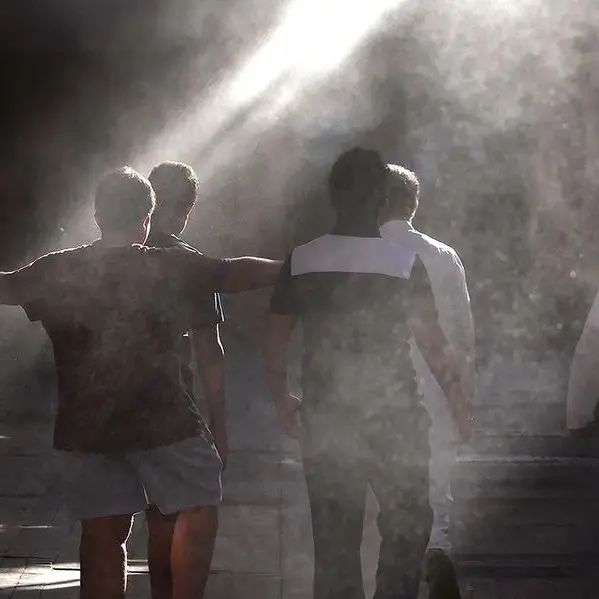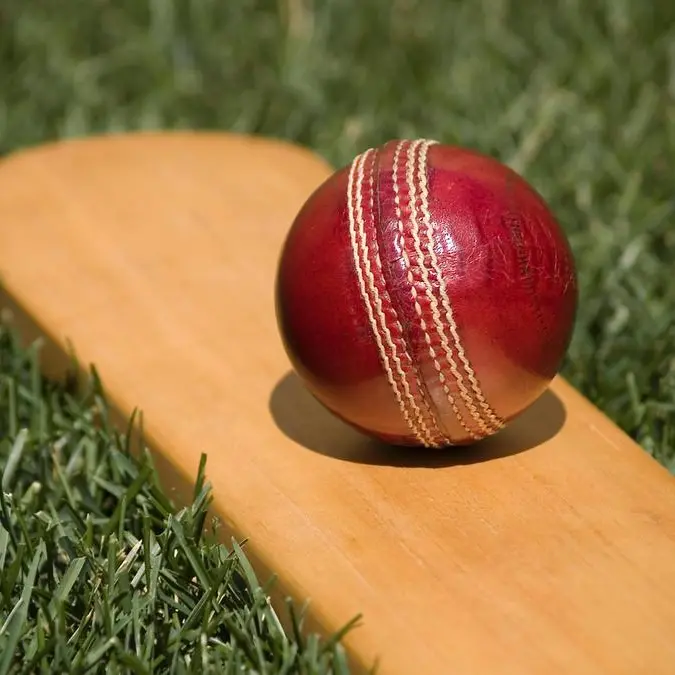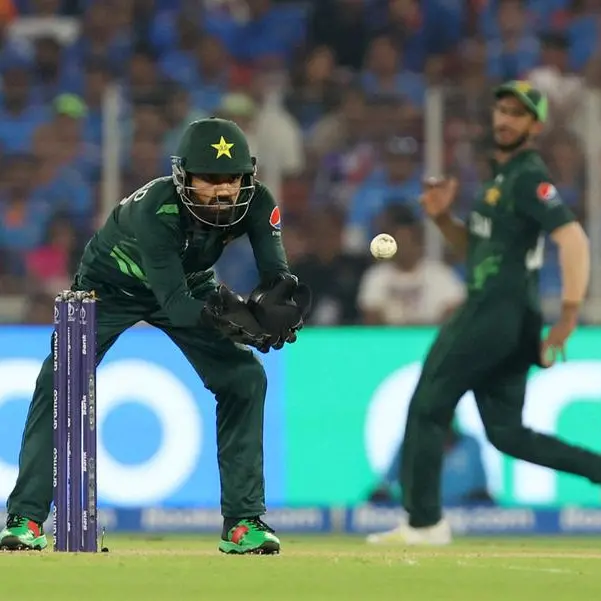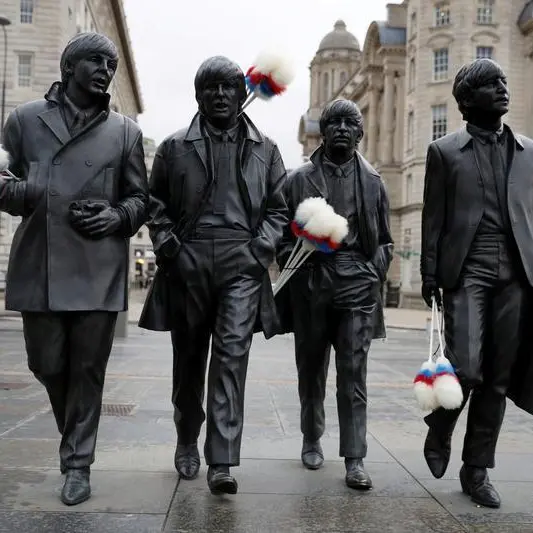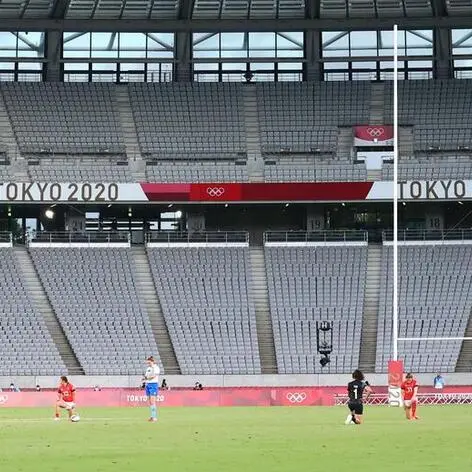Medicine is called "the noble profession". It requires rigorous study, and in most countries medical school admission is perhaps the most competitive. There's a long apprenticeship: a residency in a specialised surgery in the US takes at least five years. It has high moral and ethical standards, as typified by the Hippocratic Oath, developed approximately 2,500 years ago. Doctors in the US are required to continue education to renew their licenses. In the US, medical malpractice lawsuits bedevil the best of physicians.
In India, doctors are still well-respected despite stray incidents of violence magnified by the media. In Delhi there are regular attacks on resident doctors by families of dead patients at the crowded and pathetic Safdarjung Hospital. The premier All India Institute of Medical Sciences (AIIMS) has not been immune to such incidents. Recently, doctors in West Bengal struck work for a week after colleagues were attacked by the family of a dead patient at the NRS Medical College and Hospital in Calcutta. It became a political controversy after the state's chief minister Mamata Banerjee directed the doctors to immediately return to work, and they refused. Things normalised on Monday when she met the doctors and agreed to upgrade their security.
It seems unfair that these doctors should be blamed for what is an occupational hazard of unavoidable tragedy. If doctors in government hospitals are being attacked then there is probably a deeper problem: that of understaffed and under-equipped hospitals with under-experienced doctors under pressure of time, as well as under the pressure of having to deal with a VIP patient on the premises.
This is evident with the ongoing epidemic of Acute Encephalitis Syndrome (AES) in Muzaffarpur and adjoining districts in north Bihar; at the SKS medical college in Uttar Pradesh 85 children have died, due to the intense heat and lack of nutrition - factors that severely affect the impoverished. Videos show the resident doctors looking harassed and hapless; India's health minister Harsh Vardhan was of little help when he showed up to personally assess matters.
Families of patients, usually poor, uneducated and unwashed, often wrongly turn their anger on the doctors. Yet it is also true that doctors, who are still overwhelmingly from the upper sections of society, bring with them cultural prejudices. A month back, Dr Payal Tadvi committed suicide after being harassed by three of her upper caste colleagues because she was from a scheduled tribe and entered medical college through affirmative action (reservations). If this is what happens with doctors, imagine the plight of lower caste patients.
Hospitals themselves have received bad publicity lately. In India, despite the announcement of the Ayushman Bharat healthcare scheme, private healthcare remains out of the reach of many Indians - even though private hospitals are supposed to give a minor percentage of beds to the poor. Private healthcare has grown lucrative due to "medical tourism" - in Gurgaon, on the outskirts of Delhi, any of the high-tech hospitals on any given day have dozens of patients from West Asia, Africa, and Central Asia.
Private hospitals also demand that their doctors extract as much revenue as possible from patients, with even unnecessary tests. For instance, a Kashmiri on twitter spoke of how C-section delivery of newborns went up in the Valley from 13 per cent in 2006 to 41 per cent in 2016 as per the National Family Health Survey; in Srinagar the number is an unbelievable 74 per cent, and in Srinagar's private hospitals, it is 94 per cent. The World Health Organization says C-section should only be done if there is risk to a mother's or child's health, and its advised limit is 15 per cent. The reason Kashmir does so much of it is because C-section brings more money in for the hospital.
There have been cases where a patient died and the private hospital exorbitantly billed the family, as happened in November 2017 at Fortis Hospital in Gurgaon: seven-year-old Adya Singh, afflicted with dengue fever, spent 15 days in the ICU and died, and her family was then handed a bill of Rs 1.6 million. No wonder that patients who aren't rich will first head to a government hospital.
A friend of mine vomited blood on June 2 and was taken to Safdarjung hospital, where he lay on a trolley in a corridor with a gangrenous foot. He was told his appointment for an endoscopy was made for June 13. Doctors, worried that my friend might die before his turn came, sent him to the AIIMS emergency ward, where he joined a queue of 300 the next morning for his endoscopy. Afterwards, doctors decided to amputate his "black toes", but changed their mind when India's health minister asked them to give him a bed. The doctors were apparently affronted by the political pressure and changed their minds. He was immediately discharged.
Now he is planning to return to his hometown in Kerala, where he can pass his final days among relatives. You can't blame him if he no longer sees medicine as the noble profession.
Aditya Sinha is a senior journalist based in India
Copyright © 2019 Khaleej Times. All Rights Reserved. Provided by SyndiGate Media Inc. (Syndigate.info).
